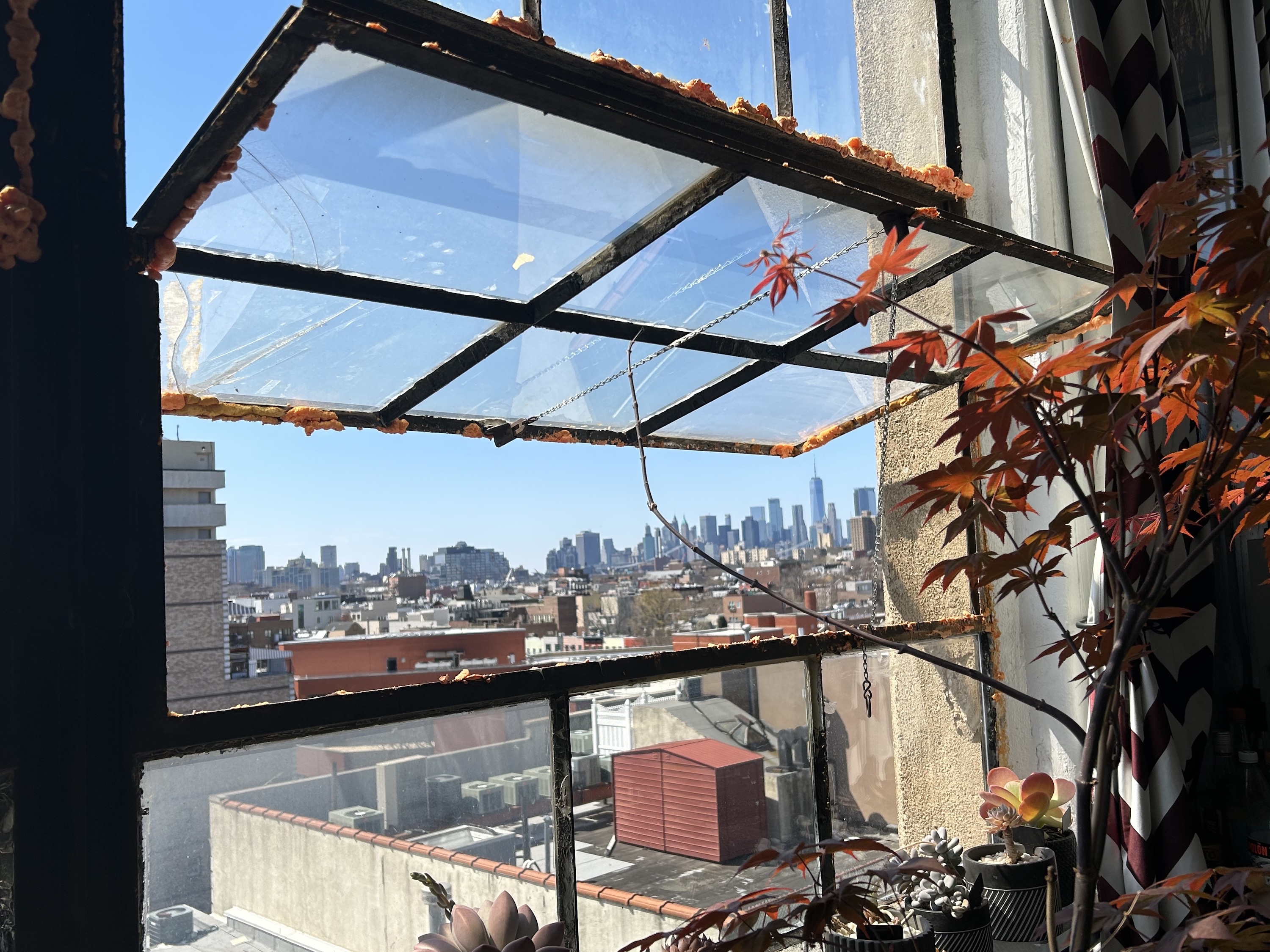“The problem of criticism,” wrote John Berger, “is fundamentally the problem of connection.”1 The celebrated autonomy of modern western art might have freed it from the old institutions, but this did not lead to the anticipated reconciliation of art and life. Instead they drifted away from each other, and so criticism emerged to bridge the gap by connecting artists to audiences who might have other things to do with their lives than keep up with an increasingly specialized discourse.
Or that might be one function: Berger is careful to distinguish between “studio criticism” and “public criticism,” the former intended as feedback for the artist (the critic as intellectual advisor to the creative community) and the latter for a non-specialist spectator whose position in relation to the work the critic must assume. The first responsibility of the public critic is therefore to relate the production of artists to the issues shaping the world through which its audience is living (“it is criminally irresponsible,” wrote Berger in 1955, “for any intellectual today not to consider his and every subject in relation to the threat of the H bomb,” to which we might add some more recent catastrophes).
The question of what criticism is for was the subject of a recent panel discussion at e-flux that revolved around the separation that gave birth to the discipline. Is art a symptom of—and thereby a means of diagnosing—the social and historical circumstances surrounding its production? Or is art always irreducible to the intersection of data points, to be judged by its capacity to slip these constraints on its meaning? Perhaps—and so speaks the moderator—it might be both, and the task of the public critic is to connect the work of art to the lived world without presuming that it can be explained by reference to, or recuperated into, existing intellectual frameworks.
This month’s program might serve to dramatize that dialectic. A review of the “Forum Expanded” component of the recent Berlin International Film Festival asks whether, here as elsewhere, art institutions are more willing to stake their political commitments on ground that has already been staked out. Working in the opposite direction, an exhibition of drawings by Bruno Schulz reminds us of the intensely private preoccupations of a writer caught up in the sweep of history, while a review of a major public arts initiative in St Louis will consider what it means for artists to be put to the task of “reimagining civic infrastructures towards generational change.” On the occasion of an exhibition at the Pergamonmuseum, Liam Gillick and Jörg Heiser reflect on the esoteric histories buried beneath the conventional Enlightenment narratives of western art, a matter also touched on in Fluxus pioneer Henry Flynt’s new book Ruinous Spirituality. A review of a show at the Whitney continues a recent theme of artists’ engagement with artificial intelligence, and the degree of their separation from the commercial infrastructures that support and profit from its development.
All of these pieces, in common with the other works of criticism we’ll publish this month, are animated by the tension between the implication of art in the world and its independence from it. Berger writes that the aim of art criticism is to make itself obsolete by closing this gap. It works towards this end not so much by artificially collapsing the separation of art from life as by establishing and maintaining a dynamic continuum between them. Art criticism is thus imagined as a kind of training towards a way of seeing and thinking that we might apply equally to what we meet on the streets as on the walls of the gallery. By these means, our encounters with art might inform our experience of the world as much as our experience of the world informs our encounters with art. And by changing our experience of the society we live in, it might change our actions upon it. Something to work towards, at least.
Each month, to accompany the editors’ letter, we publish a photograph from an artist’s place of work. This month we feature Viktor Timofeev, an artist and educator from Riga currently based in New York. A cofounder of the No Moon event space in Brooklyn, his recent and forthcoming exhibitions include at the National Gallery, Prague; Brooklyn Botanic Garden; the Latvian National Museum of Art, Riga; Karst, Plymouth; Kohta Kunsthalle, Helsinki; and Tallinn Art Hall.
John Berger, “I Believe that Finally the Art Critic Will Be Unnecessary,” ArtReview (republished online on January 5, 2017; first published in print in 1955), https://artreview.com/opinion-john-berger-critics-credo/.
